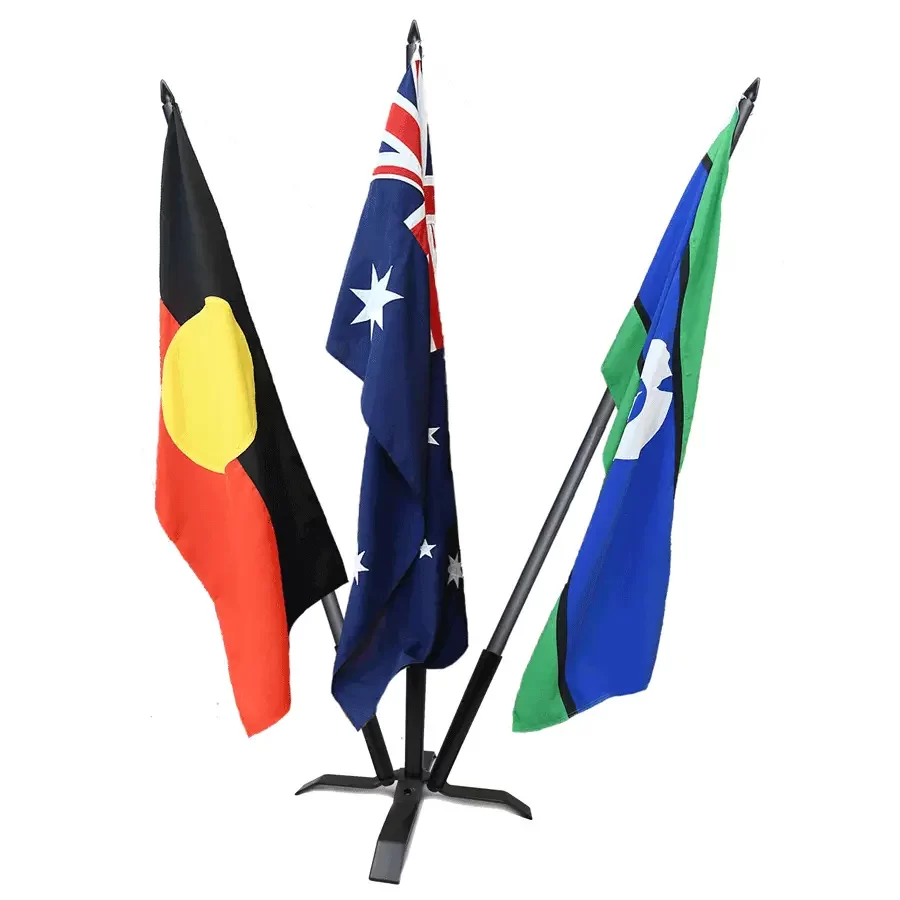Acknowledge
Australia’s History acknowledges the traditional landowners of this land, where we work, and pays respect to their Elders, past, present, and emerging and to all Aboriginal and Torres Strait Islander people living in our community today.
Map of Australia
Administrative Regions of Australia, States and Territories
The Commonwealth of Australia is a union of six states and two territories (abbreviation in parentheses).
States and Territories of Australia:
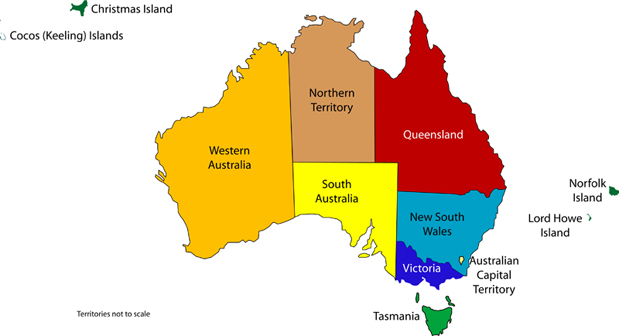
New South Wales (NSW), capital: Sydney
Northern Territory (NT), capital: Darwin
Queensland (QLD), capital: Brisbane
South Australia (SA), capital: Adelaide
Tasmania (TAS), capital: Hobart
Victoria (VIC), capital: Melbourne
Western Australia (WA) capital: Perth
Christmas Island
Cocos (Keeling) Islands
Norfolk Island
Lord Howe Island
The Australian Capital Territory (often abbreviated to ACT), Canberra, is the capital territory of the Commonwealth of Australia. (see also: Administrative Map of Australia)
Australia’s Flags
There are three official flags in Australia. The 3 flags of Australia include the Australian National Flag, the Australian Aboriginal Flag and the Torres Strait Islander Flag.
Australian National Flag
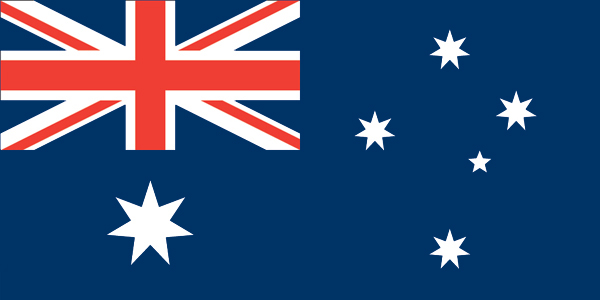
The flag of Australia is based on the British Blue Ensign—a blue field with the Union Jack in the upper hoist quarter—augmented with a large white seven-pointed star (the Commonwealth Star) and a representation of the Southern Cross constellation, made up of five white stars (one small five-pointed star and four, larger, seven-pointed stars). Read more about the Australian Flag https://en.wikipedia.org/wiki/Flag_of_Australia
Australian Aboriginal Flag
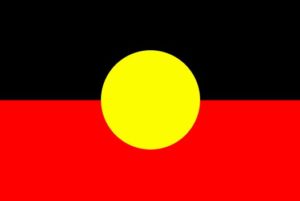
Black: Represents the Aboriginal people of Australia.
Yellow: Represents the Sun, the giver of life and protector.
Red: Represents the red earth, the red ochre and a spiritual relation to the land.
Read more about the Australian Aboriginal Flag https://en.wikipedia.org/wiki/Australian_Aboriginal_Flag
Torres Strait Islander Flag
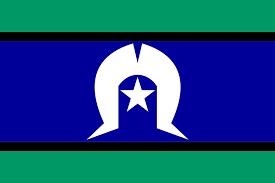
The flag symbolises the unity and identity of all Torres Strait Islanders. The flag is emblazoned with a white Dhari (headdress), which is a symbol of Torres Strait Islanders. The white five-pointed star beneath it symbolises peace, the five major island groups and the navigational importance of stars to the seafaring people of the Torres Strait. Read more about the Torres Strait Islanders flag https://www.tsra.gov.au/the-torres-strait/torres-strait-flag
Australia’s Coat of Arms
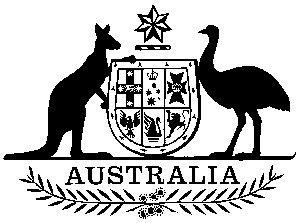 Description of the Shield
Description of the Shield
Symbols of Australia’s six states appear on the shield:
- New South Wales – the Cross of St George with lion and stars
- Victoria – the Southern Cross
- Queensland – a blue Maltese Cross and Crown
- South Australia – the Australian piping shrike
- Western Australia – a black swan
- Tasmania – a red walking lion
For more information on the Australian Coat of Arms. https://www.pmc.gov.au/government/commonwealth-coat-arms
Australia’s Floral Emblems
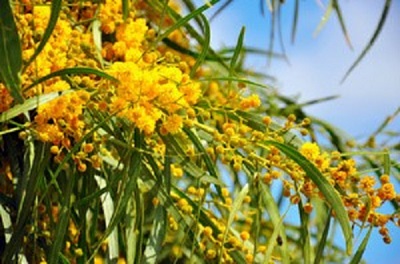
Australia’s national floral emblem is the golden wattle. (Acacia pycnantha Benth)
https://en.wikipedia.org/wiki/List_of_Australian_floral_emblems
Australia’s Faunal (Animal) Emblem
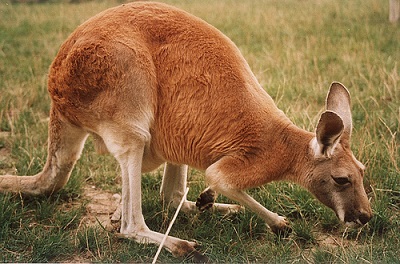
Australia’s unofficial animal emblem for the entirety of Australia is the red kangaroo.
https://en.wikipedia.org/wiki/List_of_Australian_mammal_emblems
Australia’s Bird Emblem
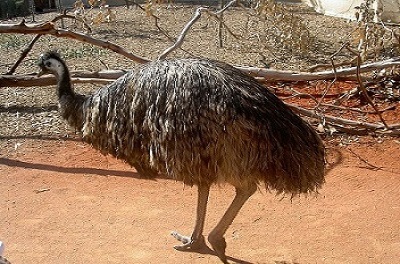
Australia’s national bird emblem is the emu.
https://en.wikipedia.org/wiki/List_of_Australian_bird_emblems
Australia’s National Anthem: Advance Australia Fair
The National Anthem was composed by Peter Dodds McCormick (1834-1916) and became the national anthem for Australia in 1984. Listen to the music:
Advance Australia Fair
Australians all let us rejoice,
For we are young and free;
We’ve golden soil and wealth for toil;
Our home is girt by sea;
Our land abounds in nature’s gifts
Of beauty rich and rare;
In history’s page, let every stage
Advance Australia Fair.
In joyful strains, then let us sing,
Advance Australia Fair.
Beneath our radiant Southern Cross
We’ll toil with hearts and hands;
To make this Commonwealth of ours
Renowned in all the lands;
For those who’ve come across the seas
We’ve boundless plains to share;
With courage, let us all combine
To Advance Australia Fair.
In joyful strains, then let us sing,
Advance Australia Fair.
Australia Day – January 26th
On May 13, 1787, British Captain Arthur Phillip set sail from Portsmouth, England, to establish a convict colony in Australia.
He sailed with 11 ships, 759 convicts – 191 of whom were female – 13 children of convicts, 211 marines, 46 wives and children of marines, and his staff of nine.
Phillip landed at Botany Bay on the eastern coast of Australia on January 18, 1788, travelled some kilometres north to find a more suitable place for settlement and came ashore at Sydney Cove on January 26 in what is now the historic Rocks area at the southern end of today’s Sydney Harbour Bridge.
Having established Port Jackson, he then named the settlement Sydney after British Home Secretary Lord Sydney, who was responsible for the colony, and Phillip was to be its governor.
This date – January 26 – is now commemorated as Australia Day.
